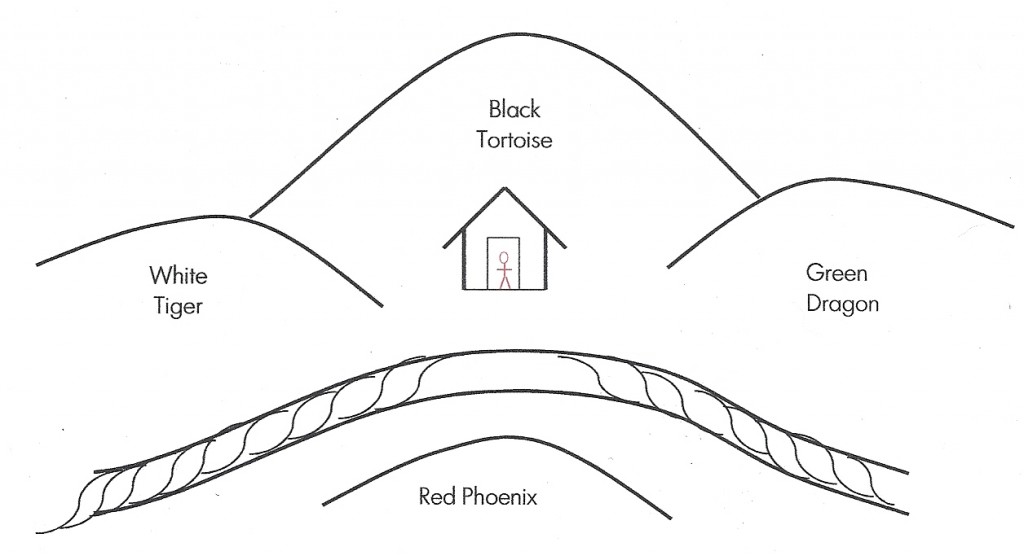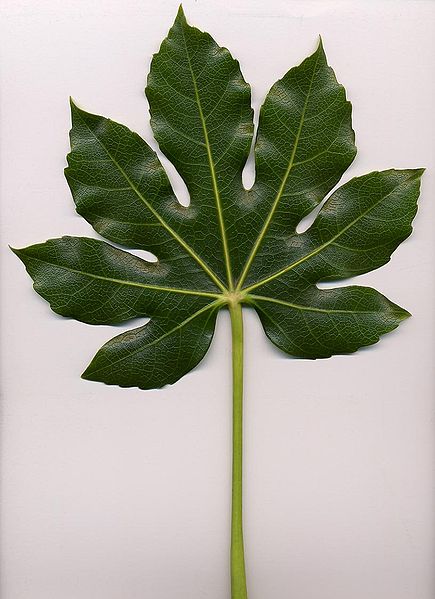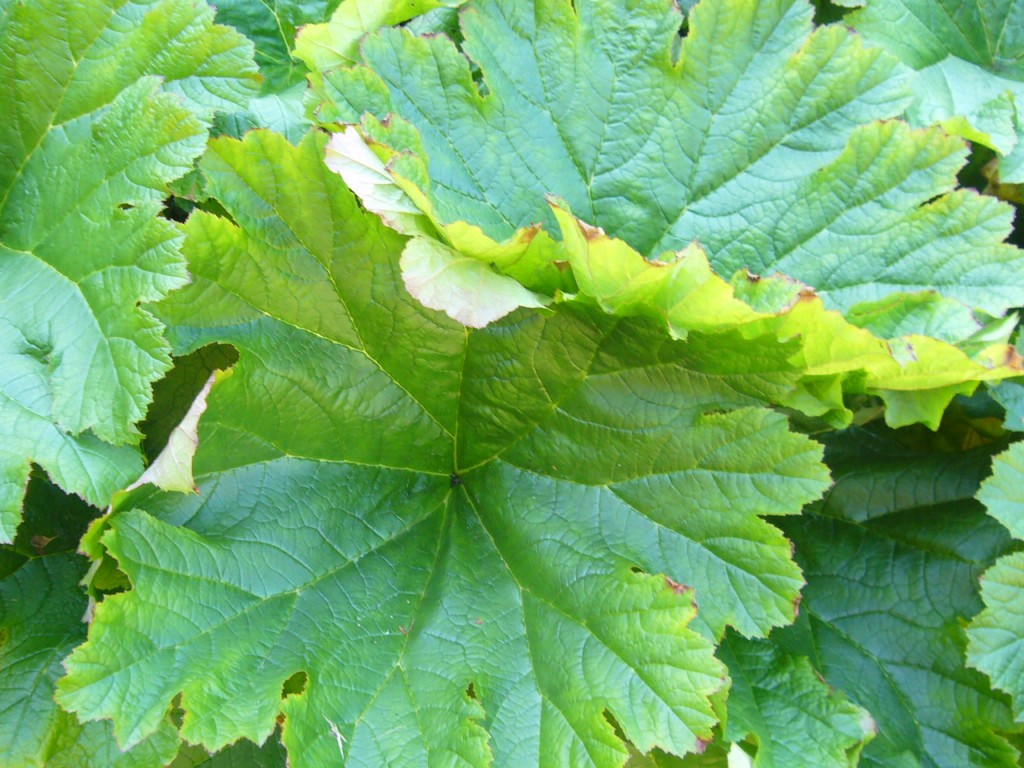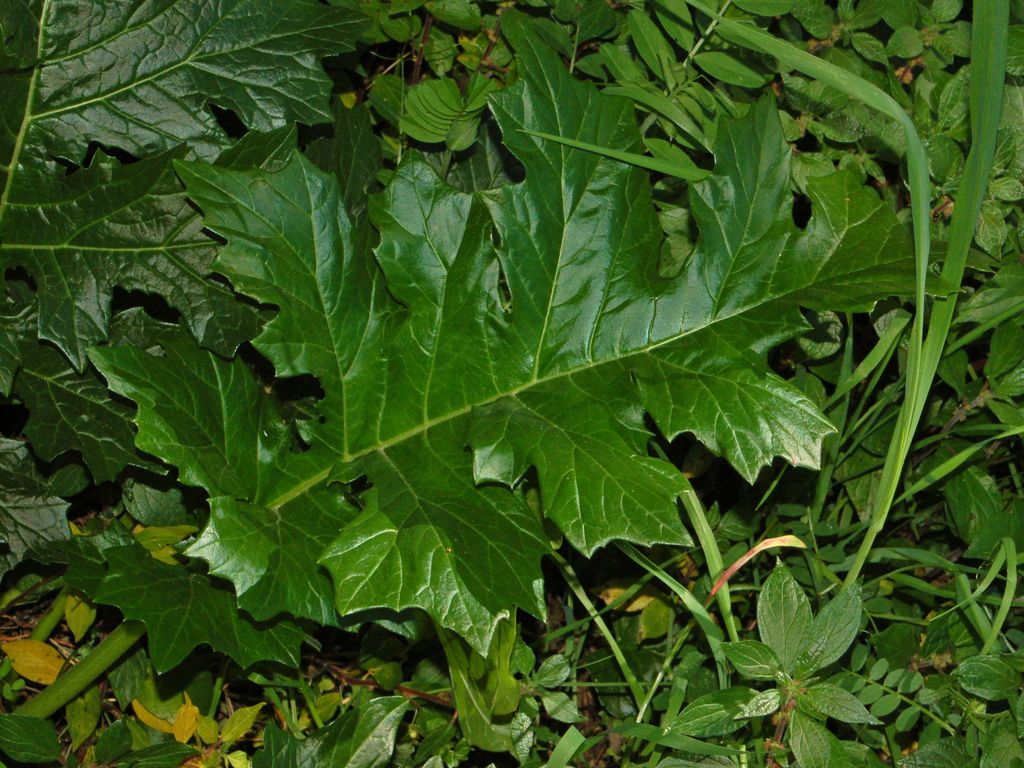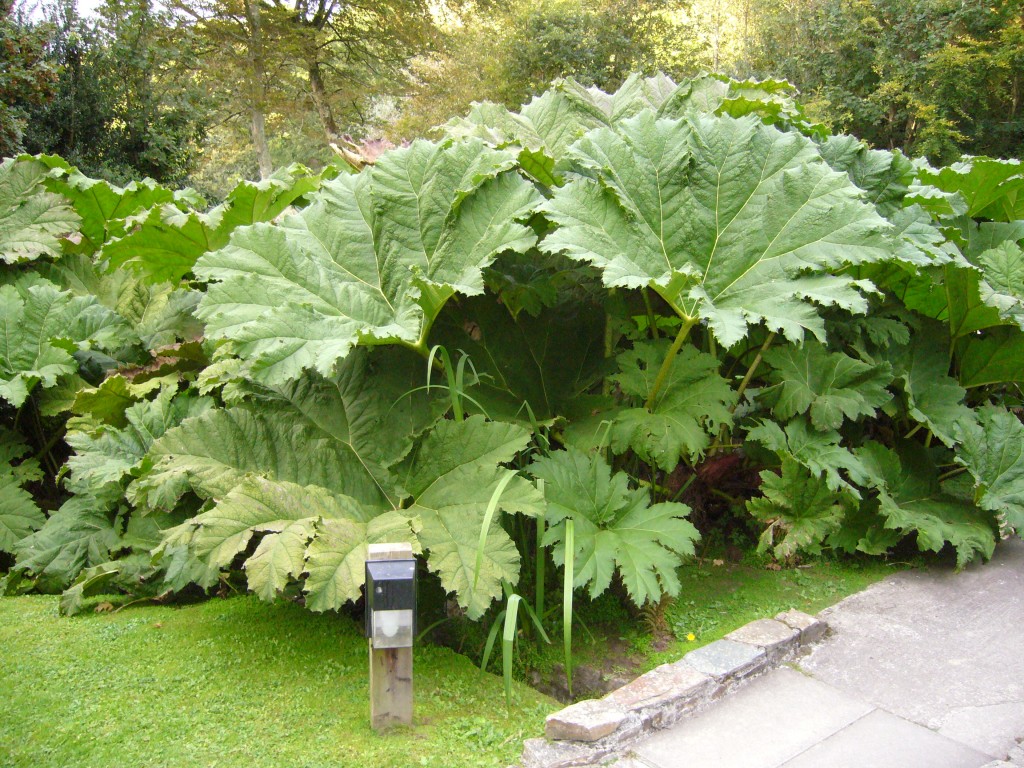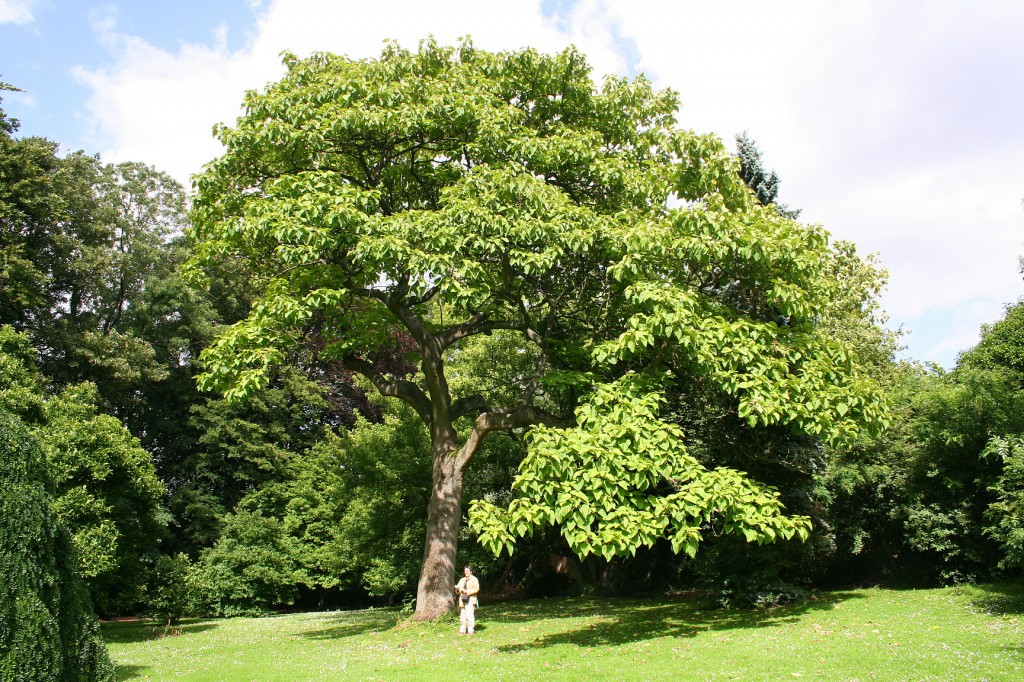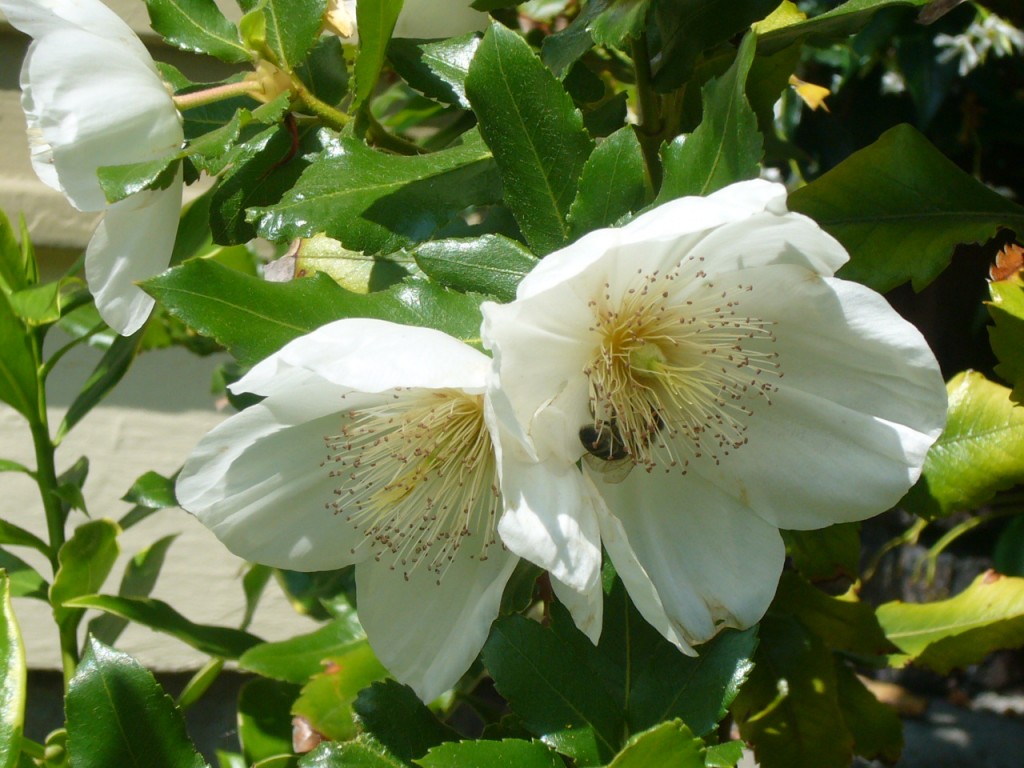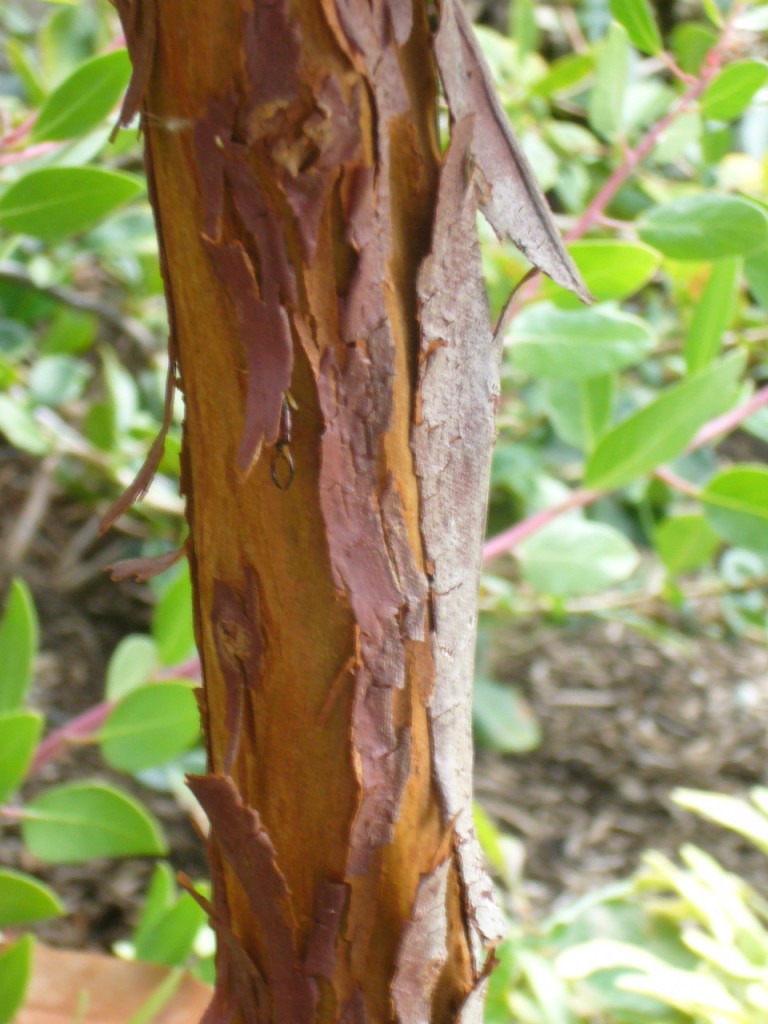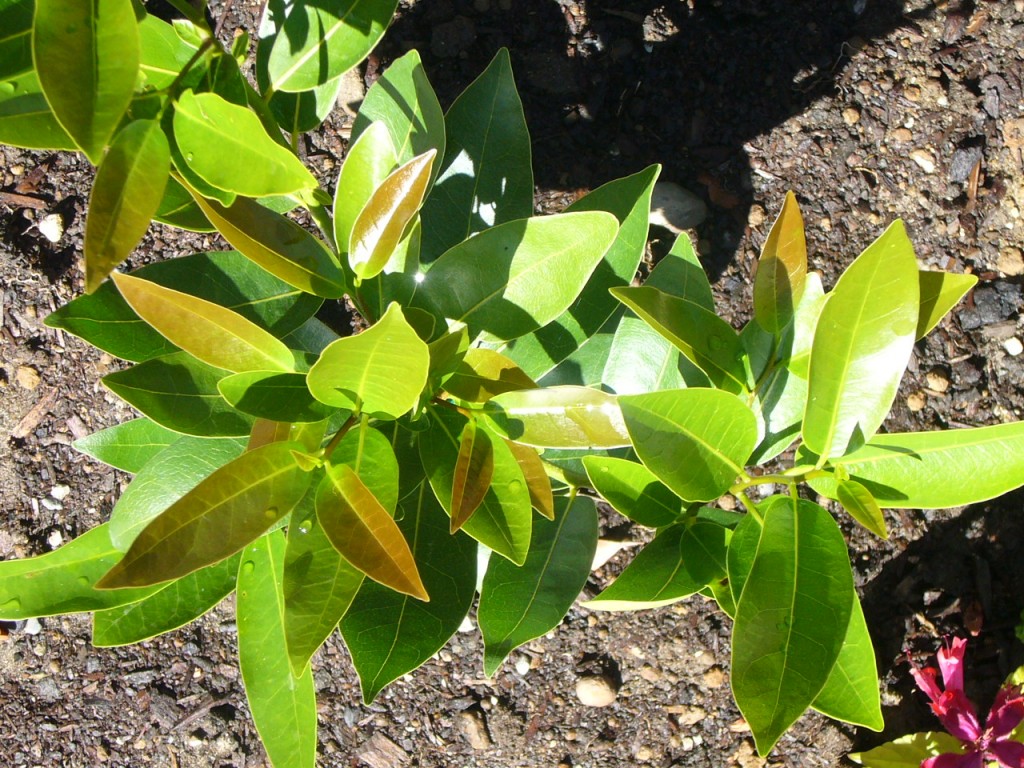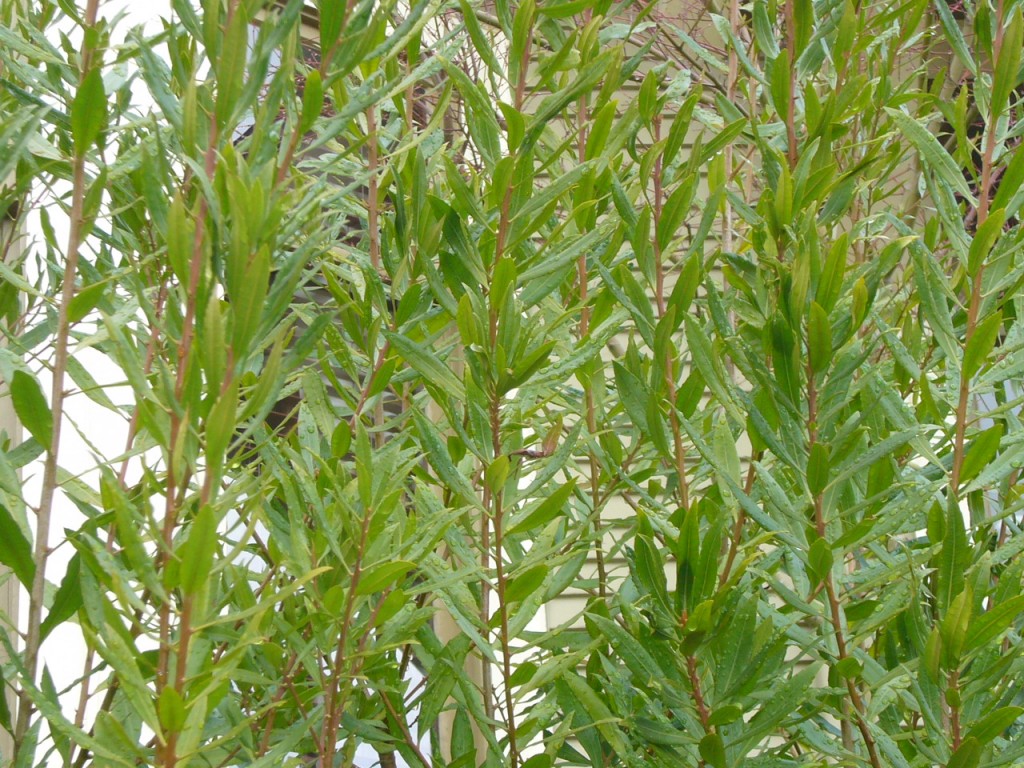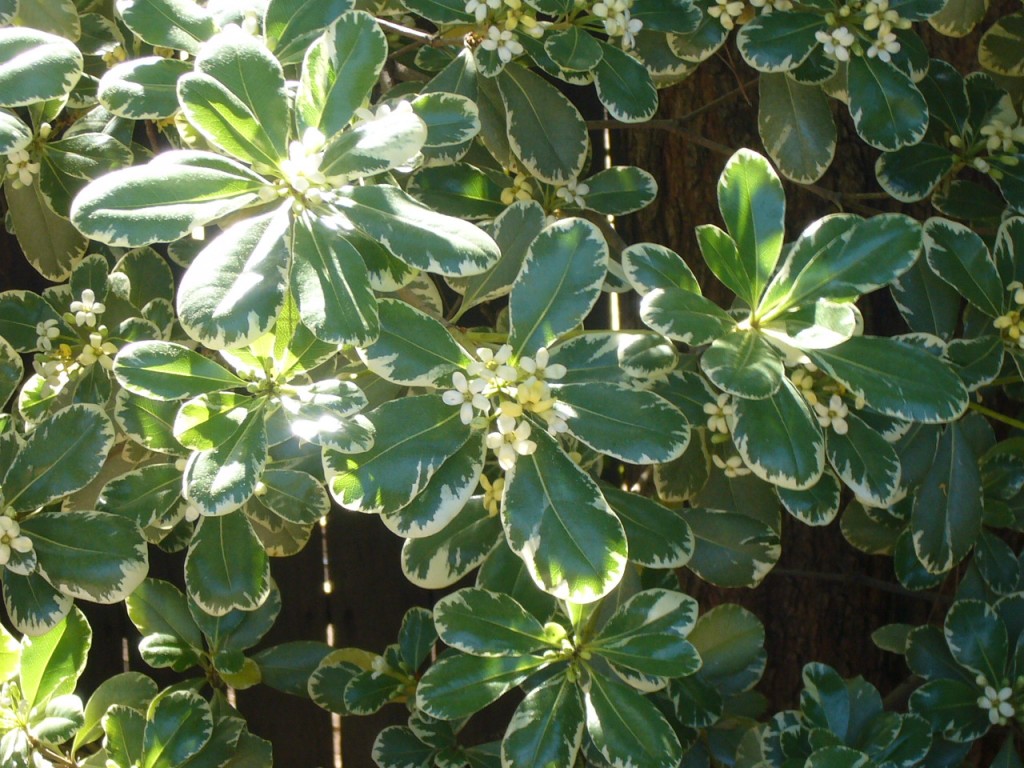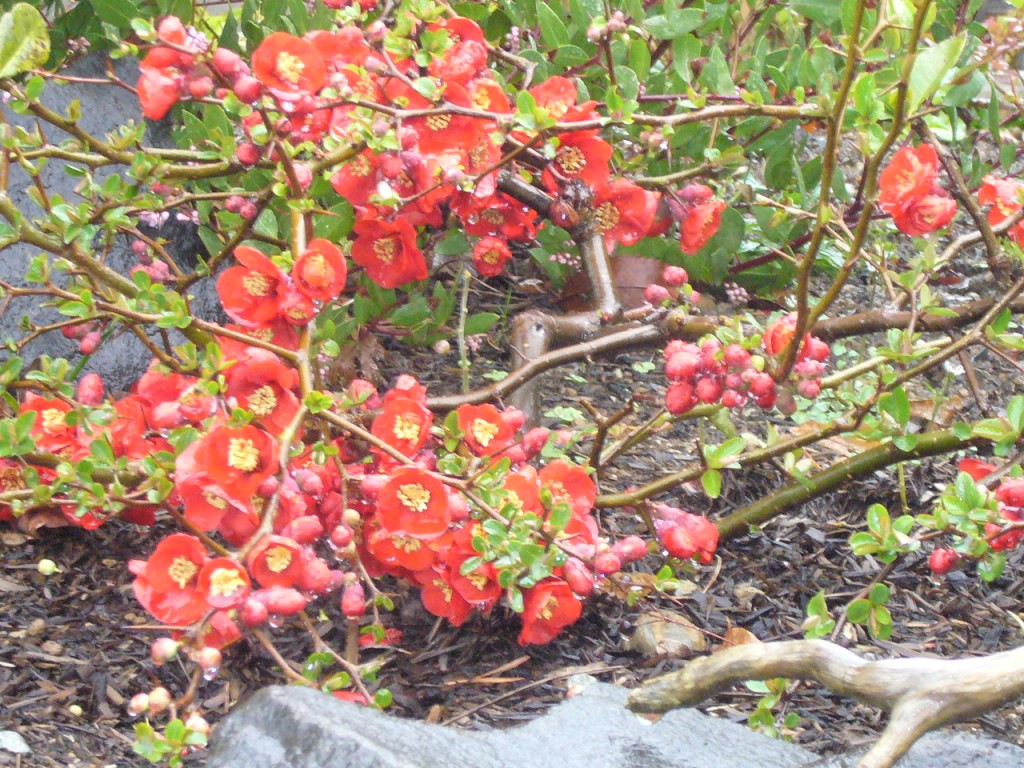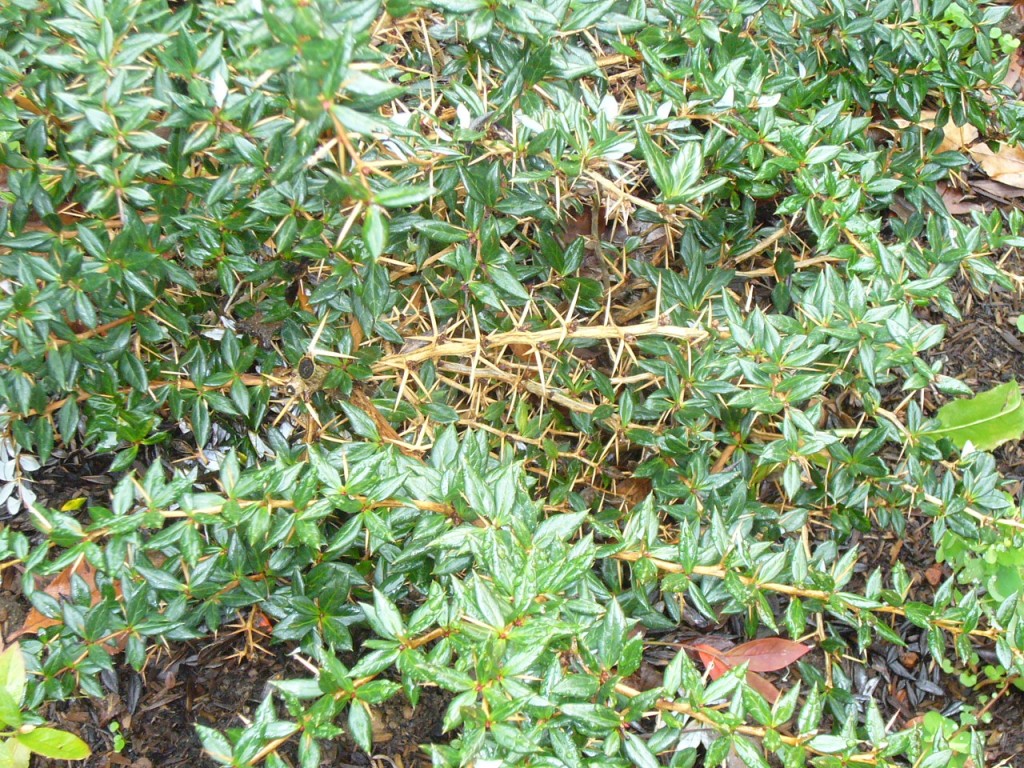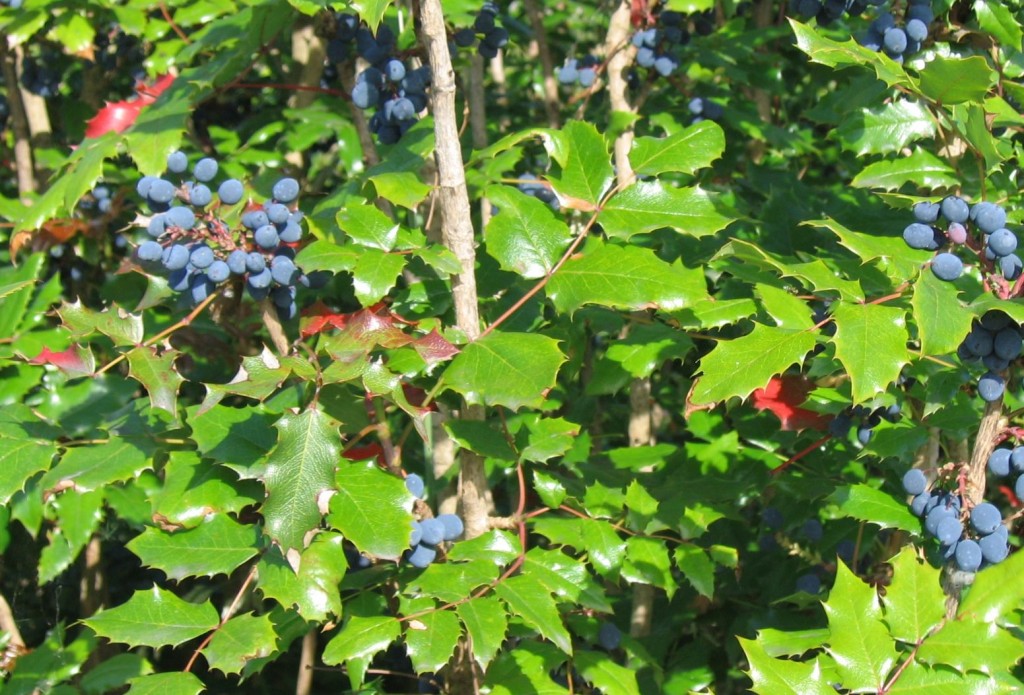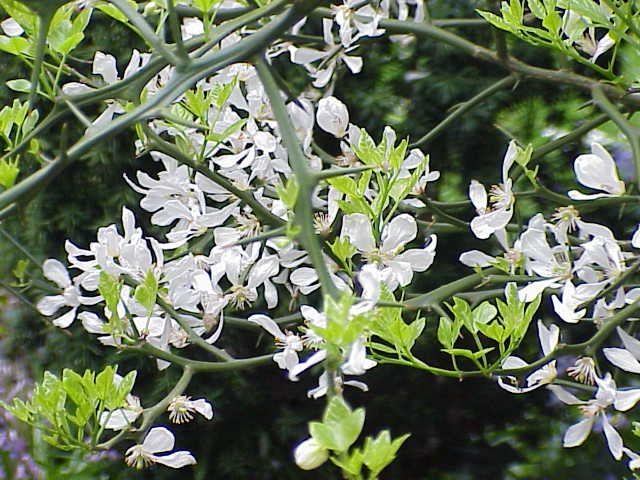Planting the Dragon Side of Your Garden
The picture below illustrates the proper feng shui according to the Land Form School. Many people consider Land Form the most powerful feng shui method. Note that the house mimics the position of a person sitting in an armchair with an ottoman in front of it. This configuration is sometimes known as the “comfortable armchair” and just like your favorite armchair it will make you feel protected, safe and relaxed.
The positions of the Tortoise, Dragon, Tiger and Phoenix are all assessed from the perspective of the person in the house. If you want to know which side is which, go and stand in the front doorway of your house* and look outward. The tiger side is on your right and the dragon side is on your left. Ideally, the land on the tiger side should be slightly lower than the land on the dragon side. If that’s not the case for you it may be possible for you to change this via landscaping or feng shui adjustments.
But for now we’re going to ignore considerations of the compass, five elements, colors, climate, exposure, etc and focus solely on which plants are appropriate for the dragon side based on yin/yang.
The dragon side is meant to be protective and active (yang) while the tiger side is meant to be receptive and quiet (yin).
Plants with big leaves belong on the dragon side of the garden.
Trees add protection and the trunks have that upwards, woody energy that is yang. Bamboo carries that same energy. You can use landscaping and trees to make the dragon side “higher” than the tiger side of the lot, which is considered proper when using the Land Form method of feng shui.
Choose trees carefully and don’t plant them too close to the house. Before planting, think about how big the tree will be in 30 years. To my mind, evergreen trees are the best choice for the dragon side.
Woody evergreen shrubs are also a good choice to support the dragon side of the garden.
Thorny or dense plants for protection, are appropriate for the dragon side. Keep them planted and pruned well away from where people will be walking or sitting.
Some people might say you should not have any thorny plants in your garden or that flowering shrubs and trees belong on the tiger or yin side but I disagree. I think you just have to find the right place.
I’ll do another post about what you might want to plant on the tiger side later.
*Just FYI: This is a very simplified explanation. Your front door may or may not correspond to the facing of your house. If it does not, this information may not apply. It depends…
¹ Regarding Paulownia tomentosa: I’m pretty sure Judy Thomas has one of those in her garden. I believe she cuts it down each year so it doesn’t overgrow the space.
